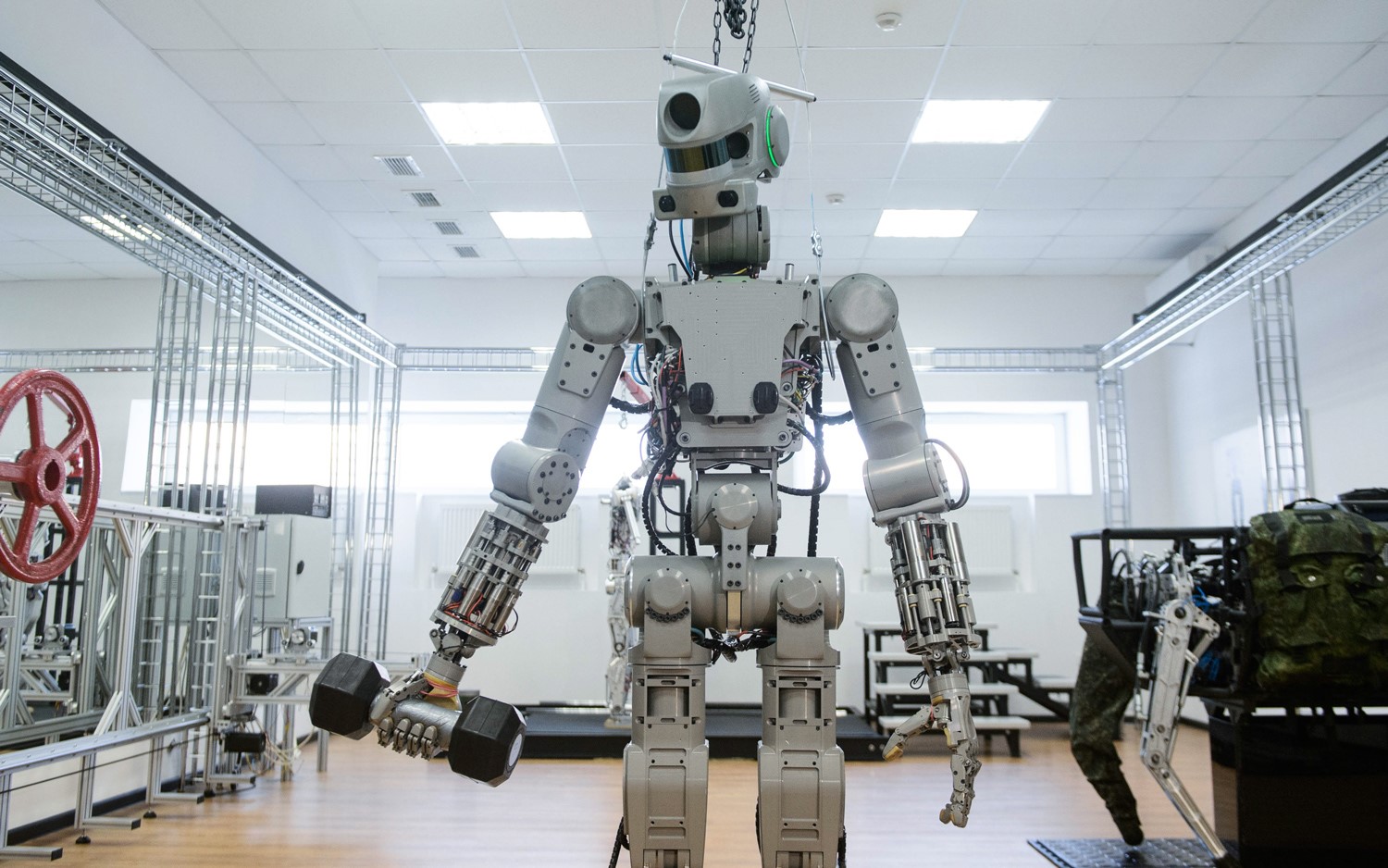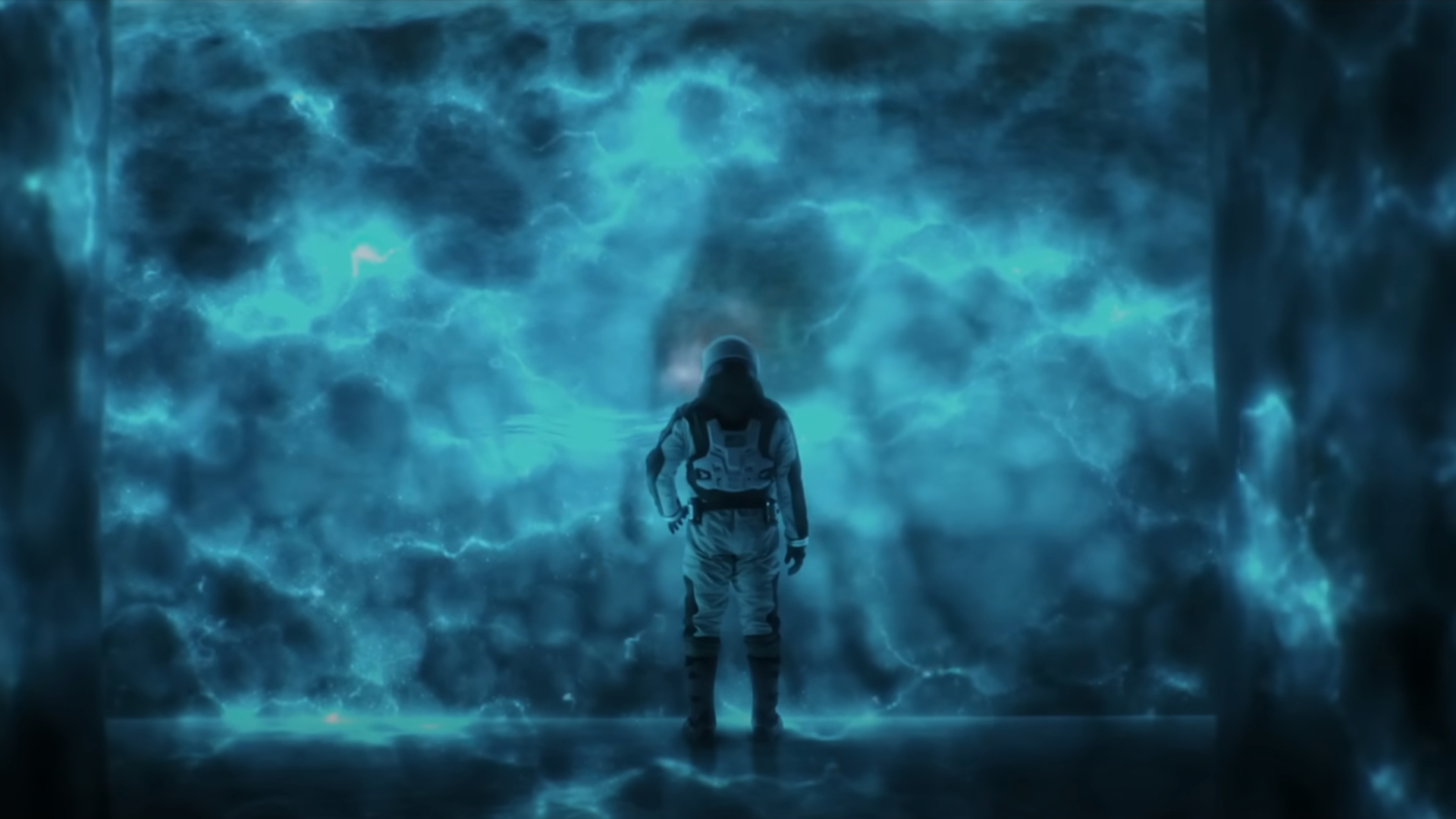These Gun-Toting, Weight-Lifting Russian Robots Might Fly to Space in 2019

Will these sharpshooting, weight-lifting Russian androids fly to space next year?
An unnamed "source in the rocket and space industry" has told Russia's international news agency, RIA Novosti, that two androids, as part of Russia's robot platform FEDOR (Final Experimental Demonstration Object Research), will fly a crewless Soyuz spacecraft to the International Space Station in 2019.
These robots previously made headlines when it was announced that they are trained to shoot guns with both of their "hands." And, while few details about the bots and their mission have been revealed, their gun-wielding abilities forced Dmitry Rogozin, a former Russian deputy prime minister, to deny that the country was "creating a terminator," according to a report from The Independent. [Meet Robonaut 2, NASA's Space Droid (Infographic)]
The FEDOR program was created in 2014 with the goal of producing a robot that could replace humans in high-risk tasks and missions in space. Aside from shooting, these two androids are capable of driving, doing push-ups and lifting weights. It's unclear how these skills might assist them in space or what their specific mission might be. Rogozin has only stated that the robots would have "great practical significance in various fields," according to The Independent.
Sending robots to do jobs too dangerous for humans is not a new concept. NASA hopes that the agency’s robotic astronaut Robonaut 2, which is being repaired after its stint on the International Space Station, will work side by side with human crewmembers in space and complete tasks that are too high risk for humans.
Another space robot, CIMON — the first artificially intelligent assistance system designed for astronauts — is advancing robotic capabilities in space. CIMON, also known as a "flying brain," is not designed to navigate situations that might be dangerous for astronauts, but it is definitely pushing forward the performance of robots on the space station with human-like compatibility.
NASA's Robonaut program and Roscosmos' FEDOR program seem to share the goal of creating robots that make it safer for humans to accomplish things in space that otherwise would be too dangerous for humans to attempt. Still, the FEDOR androids' gun-wielding design might raise a few eyebrows.
Breaking space news, the latest updates on rocket launches, skywatching events and more!
Email Chelsea Gohd at cgohd@space.com or follow her @chelsea_gohd. Follow us @Spacedotcom, Facebook and Google+. Original article on Space.com.
Join our Space Forums to keep talking space on the latest missions, night sky and more! And if you have a news tip, correction or comment, let us know at: community@space.com.

Chelsea “Foxanne” Gohd joined Space.com in 2018 and is now a Senior Writer, writing about everything from climate change to planetary science and human spaceflight in both articles and on-camera in videos. With a degree in Public Health and biological sciences, Chelsea has written and worked for institutions including the American Museum of Natural History, Scientific American, Discover Magazine Blog, Astronomy Magazine and Live Science. When not writing, editing or filming something space-y, Chelsea "Foxanne" Gohd is writing music and performing as Foxanne, even launching a song to space in 2021 with Inspiration4. You can follow her on Twitter @chelsea_gohd and @foxannemusic.
